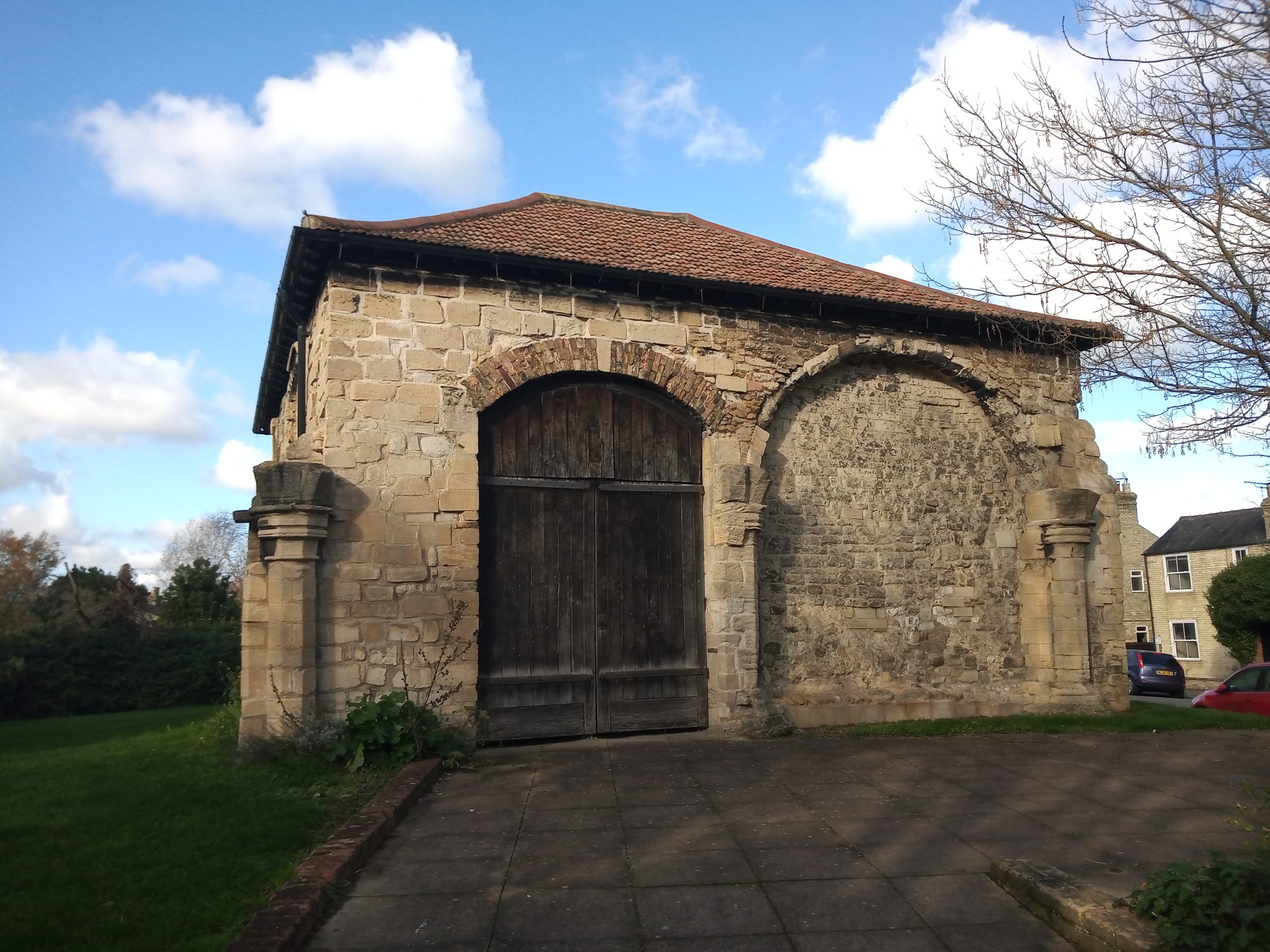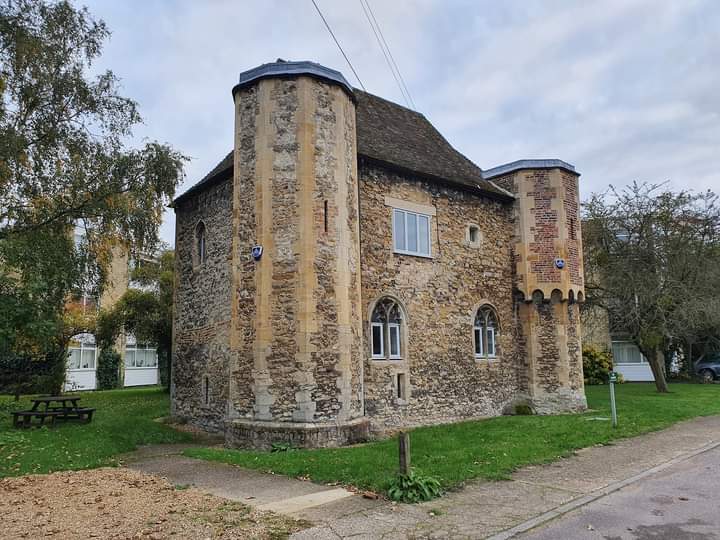Cellarer’s Chequer
I went on a few tours by the brilliant and sadly deceased former road sweeper and tour guide Allan Brigham, and remembered a few “hidden places of Cambridge”, such as the sign near the Grafton Centre showing the location of an old women’s refuge, and how he said: “This shows the history of the real people of Cambridge, the people who are all but forgotten”.
A few days later I put up a Facebook post specifically asking for ‘weird Cambridge sights’. That’s how I concluded that there are some people in Cambridge (or, in fact, any city) who have a favourite historical site or building. They probably assume everyone knows about it. They don’t. For example, I’ve known for a long time that the building at 25 Magdalene Street used to be a brothel, and you can tell this by the lurid carvings on either side. A friend took four of us on a ghost walk around Hallowe’en, and only two of the four had seen it before. One had lived in Cambridge for more than 40 years.
It was through this call-out for ‘weird Cambridge sites’ that I discovered the part of the old Barnwell Priory that still exists is the Cellarer’s Chequer on Priory Road, built between 1216 and 1235. The Cellarer was the person at the priory responsible for doing deals with local businesses, bartering for a good price for chickens and so on. Essentially though, it’s a medieval shed and was probably quite good at being a shed, as I assume it was used for shed-like activities whilst the surrounding Victorian housing was being built, meaning that it was never demolished.
I found out that the ‘Most Haunted House in Cambridge’ (no doubt a disputed title) is the 17th Century Barnwell Abbey House, again built on the site of the priory, now full of Buddhists.
Arbury, the housing estate where I live, full of unremarkable 1950s housing and teenagers on bikes, has a much more interesting past. When the building company Sindall Ltd were excavating for the housing estate in 1952 they found a huge Roman coffin, and it’s believed to be the site of a Romano-British cemetery.
I also heard the unfortunate tale of Elizabeth Woodcock. After a trip to Cambridge market and the Three Tuns pub on 2 February 1799, she was caught in heavy snow. She fell from her horse (was the pub visit something to do with this?) and ended up being buried in a snowdrift just outside Histon for eight days. She survived her ordeal, but died on 24 July that year. There is a monument to her in a field just off the guided busway between Orchard Park and Histon.
It led me and my mum to spend an hour or so on a Sunday morning searching for the grave of murdered teenage sex worker Emma Rolfe at Mill Road Cemetery. Although we didn’t find her, a friend of my mum knows where she is buried.
There is more to discover. For Christmas I got a book called Walking Cambridge by Andrew Kershman which uncovers more exciting stories of Cambridge’s history. There is also the website Capturing Cambridge https://capturingcambridge.org/ which is a hive of exciting stories of normal places and people. The best place to start, though, is to talk to people and see what they say.


